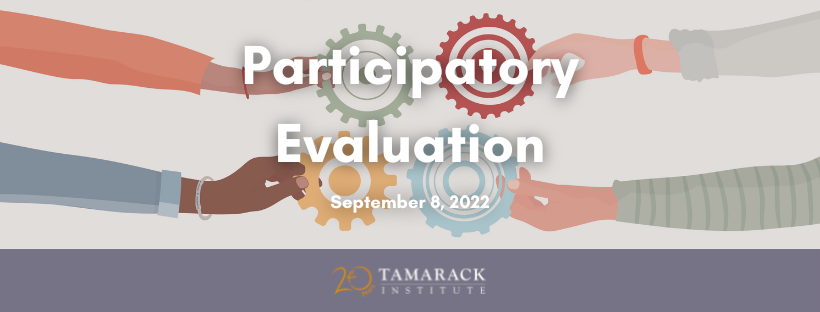This webinar focused on the experience of The Winnipeg Boldness Project, a research and development project working alongside the North End community to create improved outcomes for children in the Point Douglas neighbourhood of Winnipeg, Manitoba. Winnipeg Boldness project director, Diane Roussin, discussed the Child-Centred Model—a theory of change informed by community wisdom—and how the project is employing multi-sectoral collaborative efforts to contribute to systems change and reconciliation.
Watch the Webinar Recording
Take Your Learning Further
- Learn more about the Winnipeg Boldness Project, including their theory of change - the child centred model, and a detailed report outlining their knowledge gathering process and accountability framework
- Learn more and register for Human-Centred Design for Community Change, coming to Winnipeg & Guelph this October.
- Watch a recording of Planning an Evaluation of Systems Change, a webinar featuring Mark Cabaj and Meg Hargreaves
Diane and the Winnipeg Boldness team also were kind enough to provide answers for any questions submitted during the webinar that were not addressed. You can find the answers below:
Could you talk more about the role of storytelling in your work?
Have you worked in any close ways with the local or provincial settler governments around services that come from them (that may not serve folks in your neighbourhoods in useful or culturally safe ways). In Yukon, we are only one settler government among 14 First Nation governments - but definitely do the most service provision at this point in the self-governance process. We are trying to understand how this institution and the folks who work in public service do so in that informed way you were speaking about. There is willingness on the ground level, but not necessarily in the bones of this old and colonial organization. Do you work with these entities in your area? What do you find is a useful way of embedding your ways of knowing and doing there, or do you at all?
We’ve made it a priority from the start of the project to involve local government in very meaningful and reciprocal ways. The Province of Manitoba is one of our main funders, and they also maintain a seat at our Funders Table and Stewardship Group (our version of a board). We have engaged with the City of Winnipeg and the federal government as well throughout the development of specific prototypes, including inviting representatives to attend design sessions, etc. It’s essential to have stakeholders at all systemic levels involved in finding solutions for complex issues because at the end of the day these ideas or solutions will benefit everyone in our ecosystem, and you don’t want to be convincing people that your idea is the best idea, you want them to be engaged and invested at every step of the process.
.png?width=700&name=Winnipeg%20Boldness%20Project_%20Community%20Wisdom%20%26%20Systems%20Change%20(1).png)


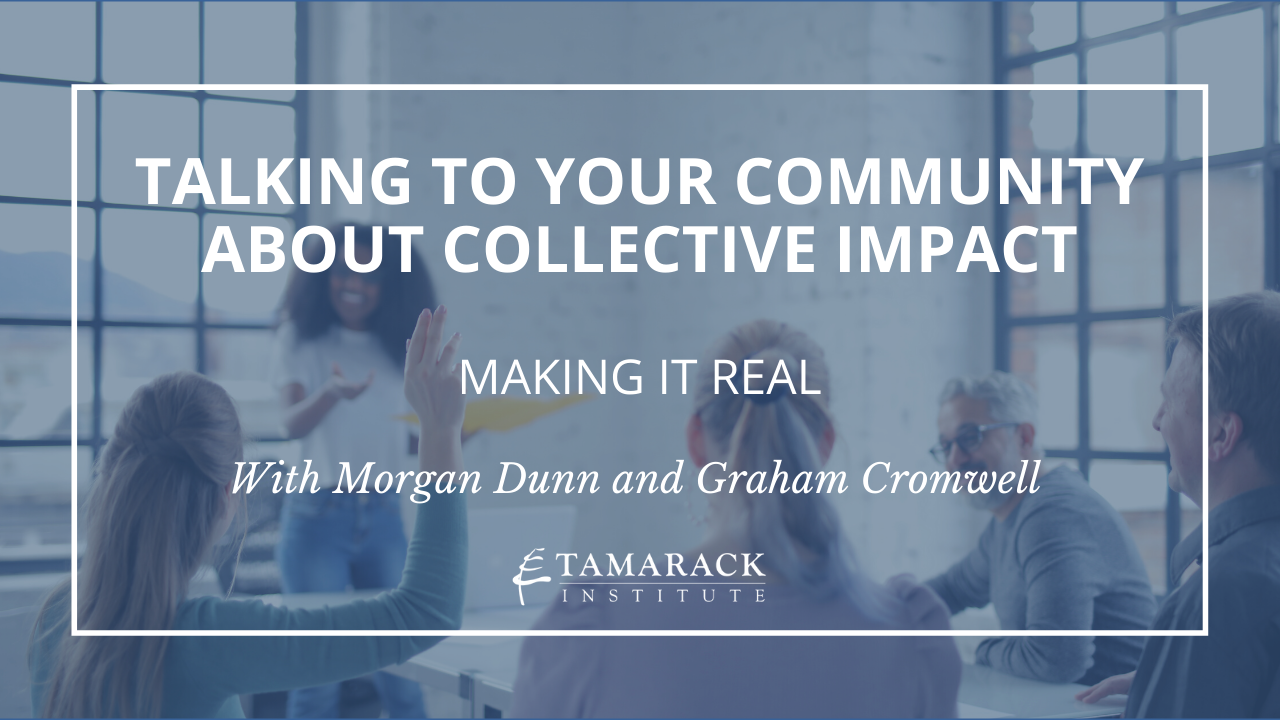
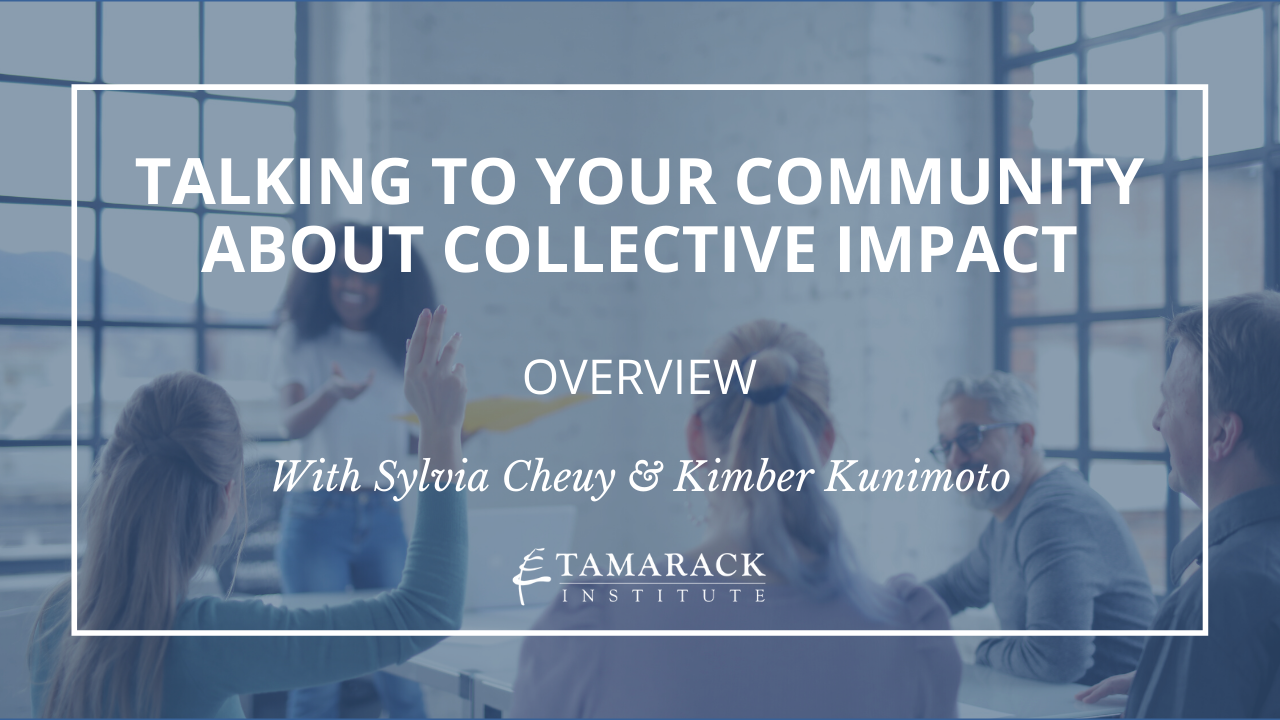
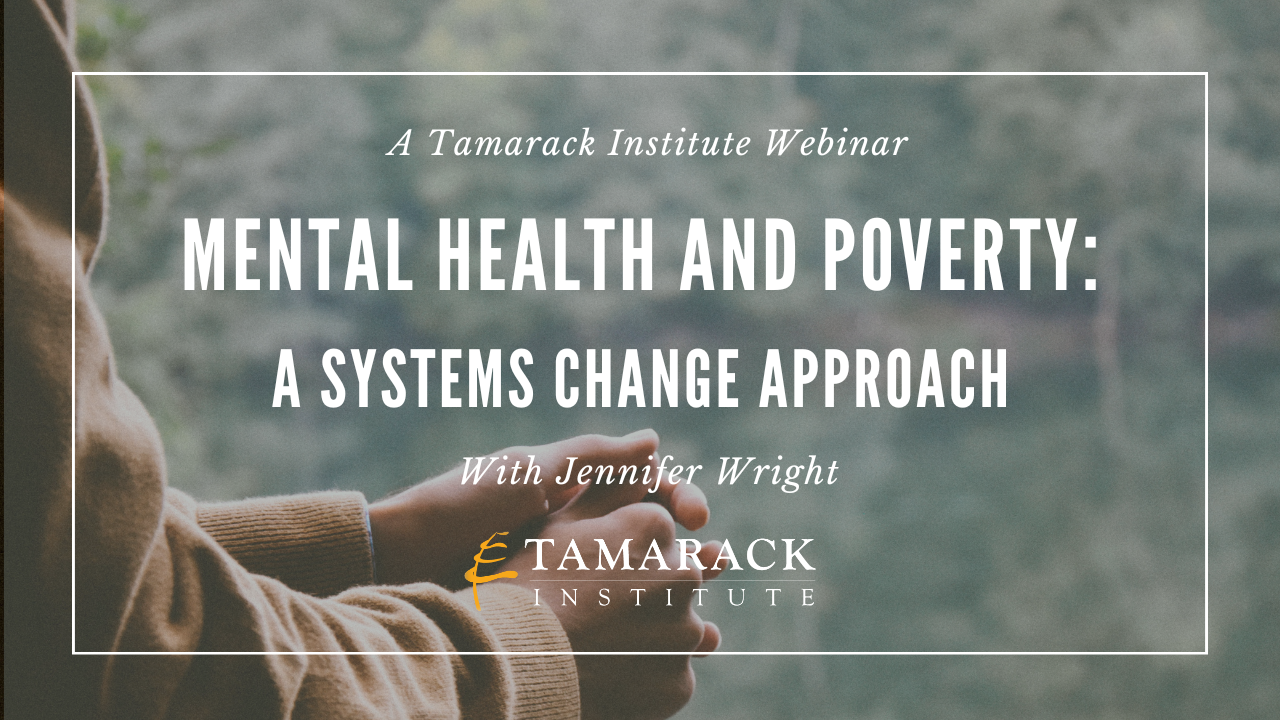

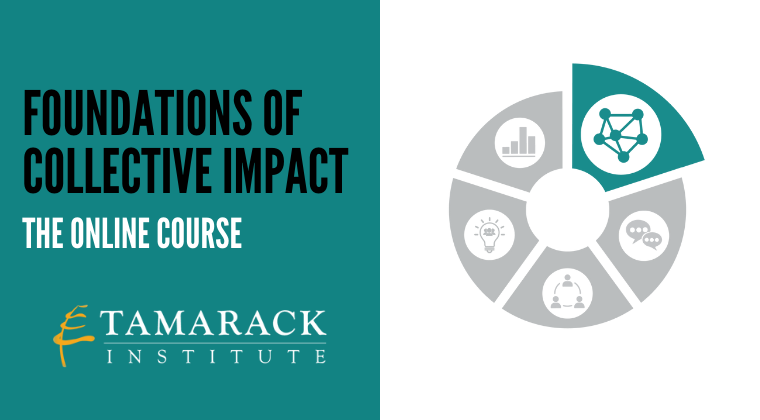

.png)

.png?width=820&name=2020%20Free%20Community%20Building%20Webinars%20820%20FB%20(1).png)

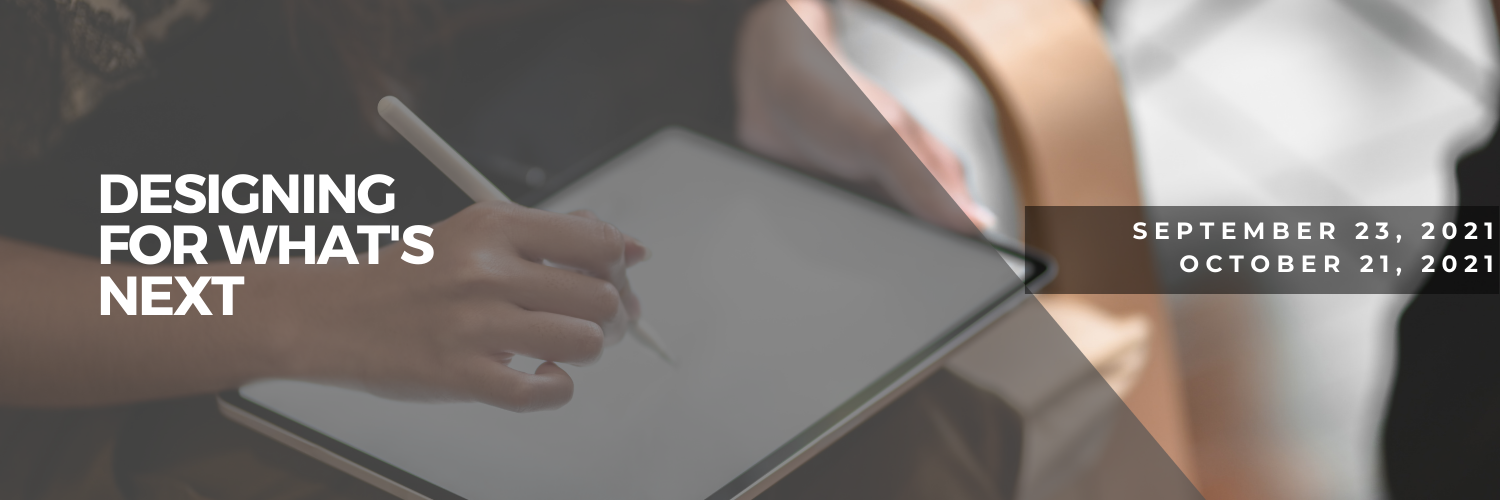

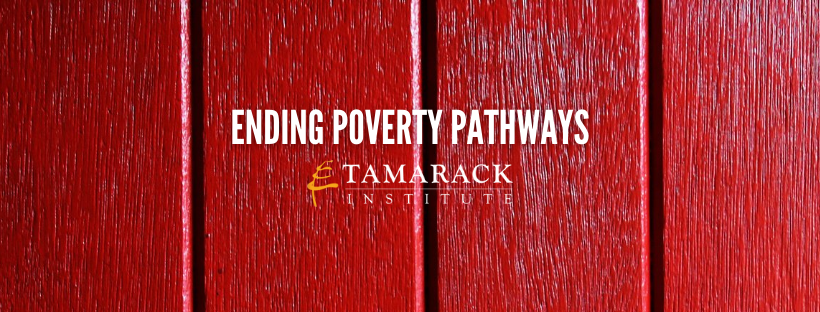

.png?width=820&name=MicrosoftTeams-image%20(9).png)

